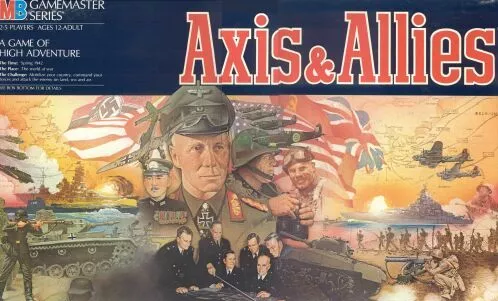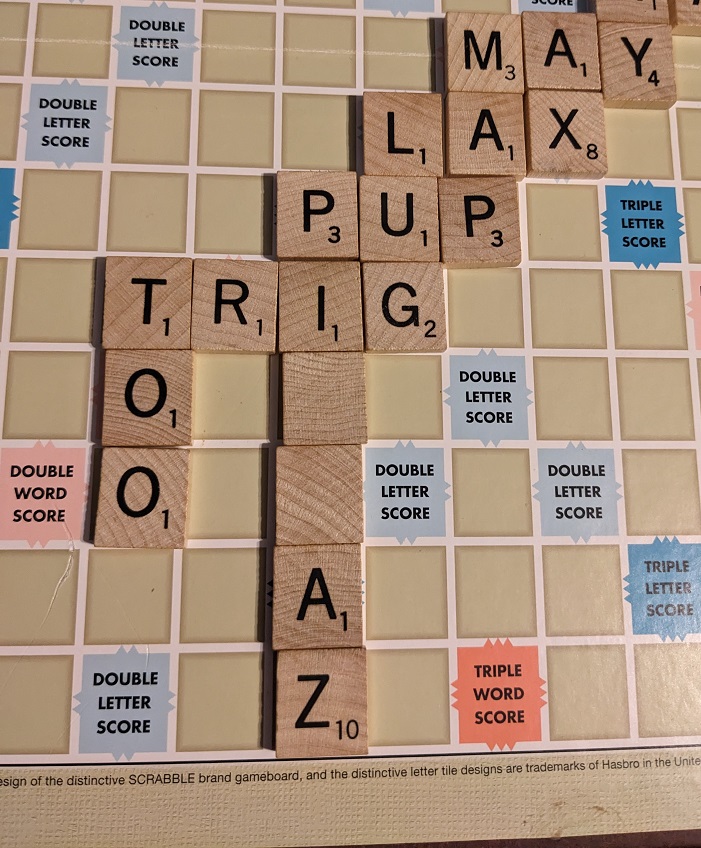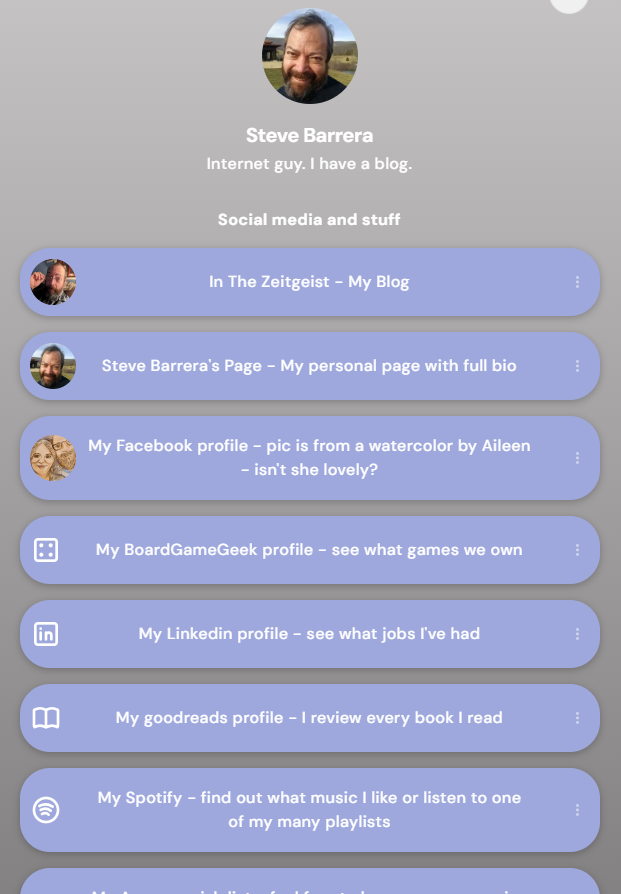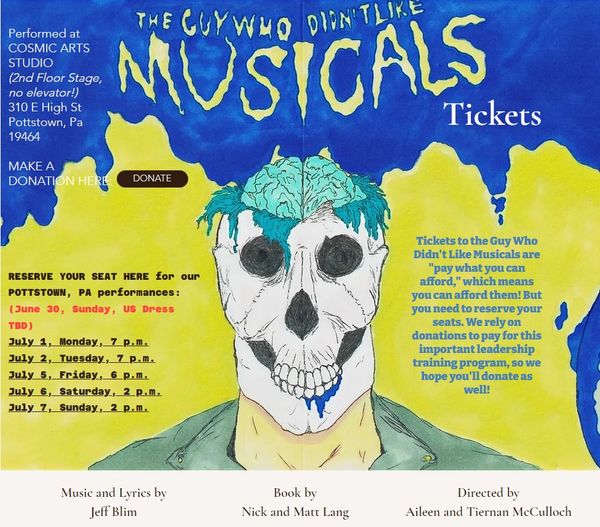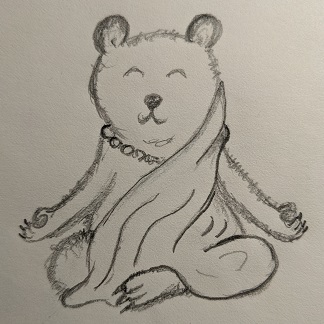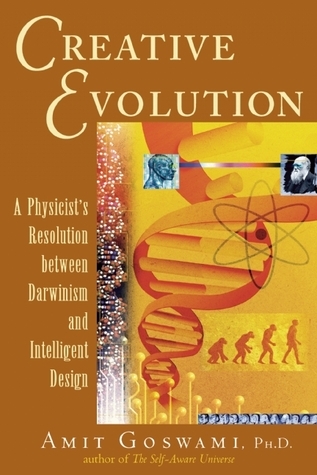Are We at the End of Time *Already*?
There is this really cool sci-fi trilogy written by Michael Moorcock, called The Dancers at the End of Time, which takes place far, far in the future (warning: mild spoilers ahead). Human technology has advanced to the level implied by Arthur C. Clarke’s famous dictum, “any sufficiently advanced technology is indistinguishable from magic.” There aren’t many people left on Earth, but those people live like gods. They wear power rings attuned to their minds, and can alter the physical world in any way they want with a thought.
The rings they wear tap into these huge machines in the center of the planet that draw on vast energy sources. It’s like the matter replicators from Star Trek, but on a planetary scale. Sometimes the machines generate images instead of actual matter, like the Star Trek holodeck on a planetary scale. I suppose this is to conserve energy.
So for example someone in this distant future might decide they want to live in a fancy castle, and then just dream it up, and the machines will make it for them. They can create any kind of landscape around it, maybe a lake of rainbow colored water with crystal mountains all around – why not? They can change the color of the sky and add a few moons. If they get bored with their castle and landscape, they can disintegrate it and imagine up a new one. All with a wave of the hand.
The denizens of the end of time are a frivolous and wanton people. After all, their tech level makes them immune to any consequences for their actions. They can’t even die; if they do, the machines recreate them from backup information. Their existences are pure recreation and socializing in a world where everyone lives like an insanely wealthy elite.
How is this matter-altering technology even possible? That is irrelevant to the story, which is an exploration of morality and its connection to the material limitations of existence. At least, that’s what I got out of the trilogy. It’s been ages since I read it, but I’ve been reminded of it lately when reading about the technology of our time.
You see, as part of the plot in the sci-fi books, aliens come to Earth to ask the humans to kindly stop their machines, because as it turns out their energy source is wormholes to the far reaches of space, and they are using so much energy that they are accelerating the end of the Universe. Humanity is sucking the cosmos dry just to have fun. Naturally, the humans brush the E.T.s off and continue with their careless lifestyle.
This is kind of happening already, here in the real world of actual technology. The advent of digital cryptocurrencies has incentivized computationally-intensive processes which require huge amounts of electricity. For example, one estimate is that a single bitcoin transaction uses as much power as it takes to run a household for 36 hours. Generative AI, which for whatever reason has been integrated into every major platform on the Internet, is also a significant consumer of power and has a major environmental impact.
Yes, we are accelarating climate change and causing lasting environmental damage, just for a little amusement. It’s a similar story to the one in the sci-fi books. We’re not destroying the whole Universe with our latest and greatest Internet technology, just the planet. But that’s all the Universe we realistically have, so it amounts to the same thing, from the perspective of our puny civilization.
We didn’t get to the stage of mastery of the physical laws of the Universe so we could live like gods, but a few of us got rich from speculative bubbles and we generated massive amounts of creepy images and canned text. All while cooking the Earth dry. It’s really quite pathetic.
If we keep it up, we just might reach the end of time.
I mean our time, on Earth.

